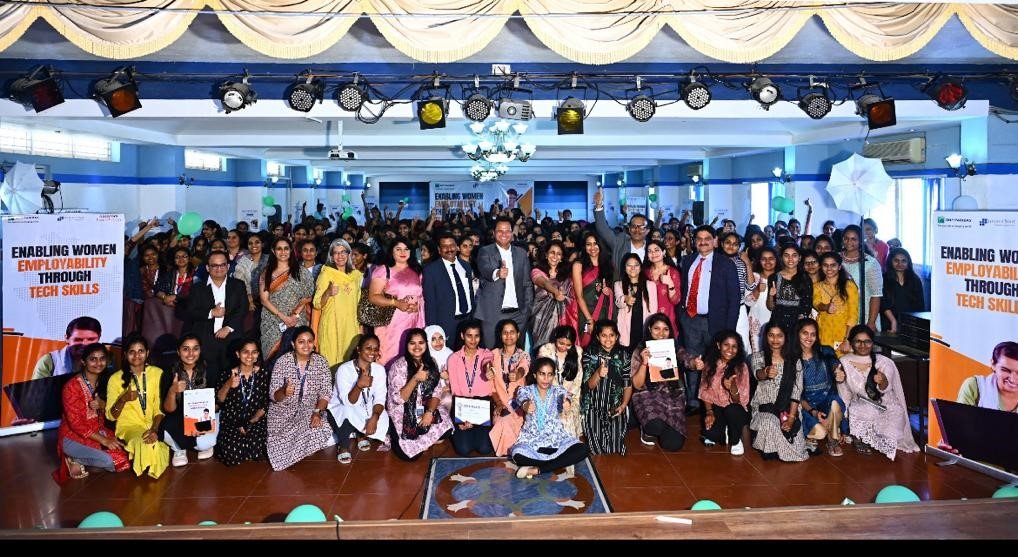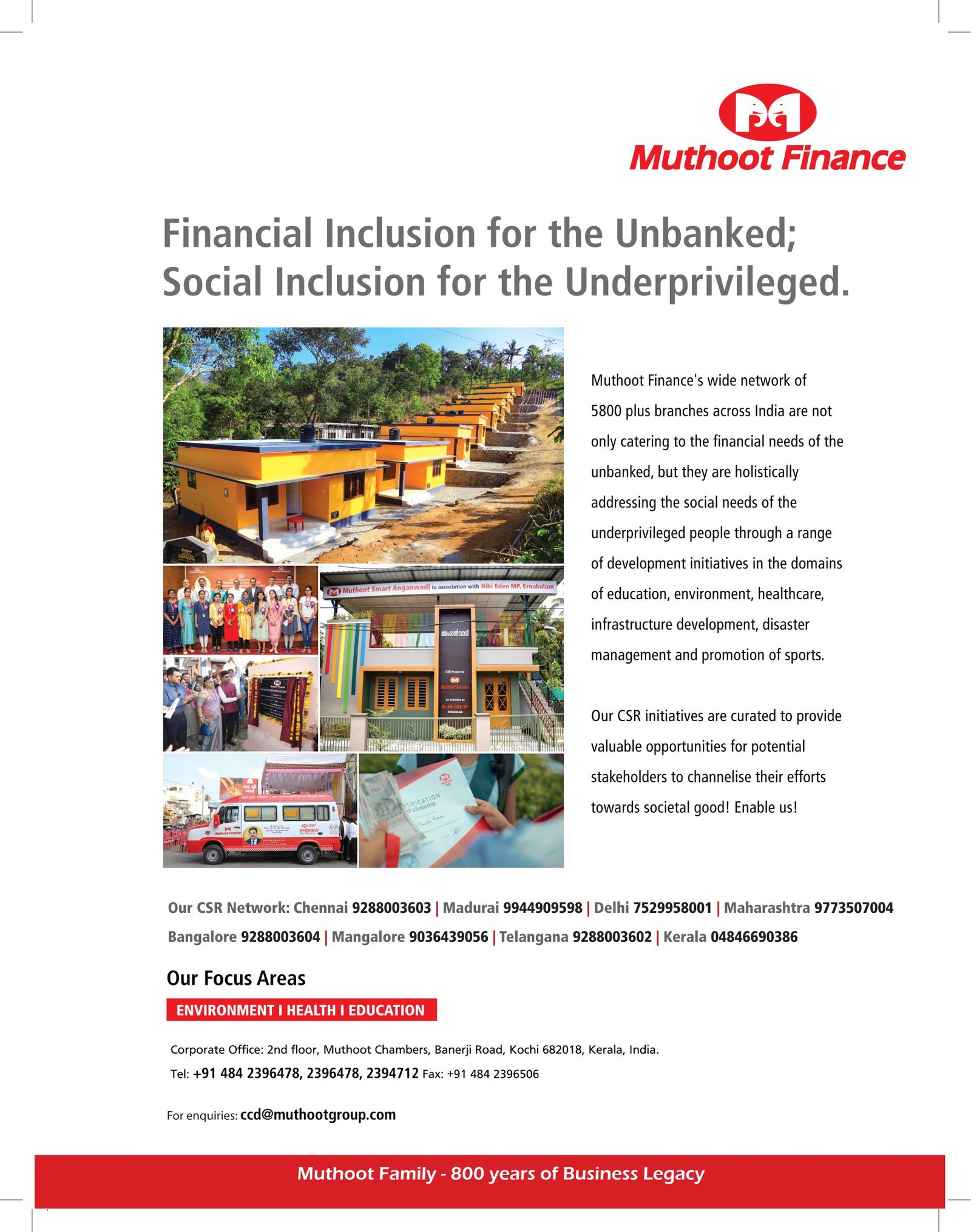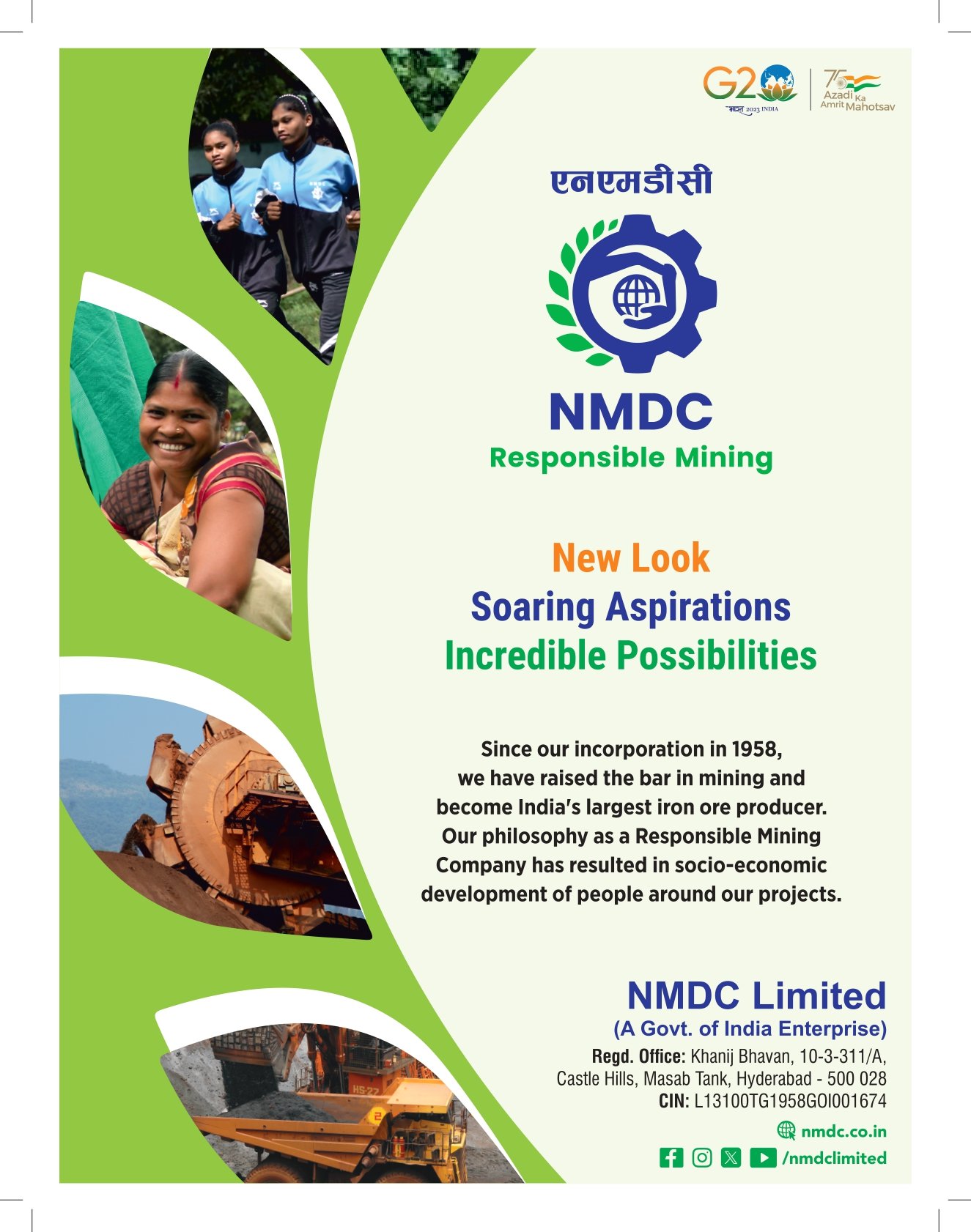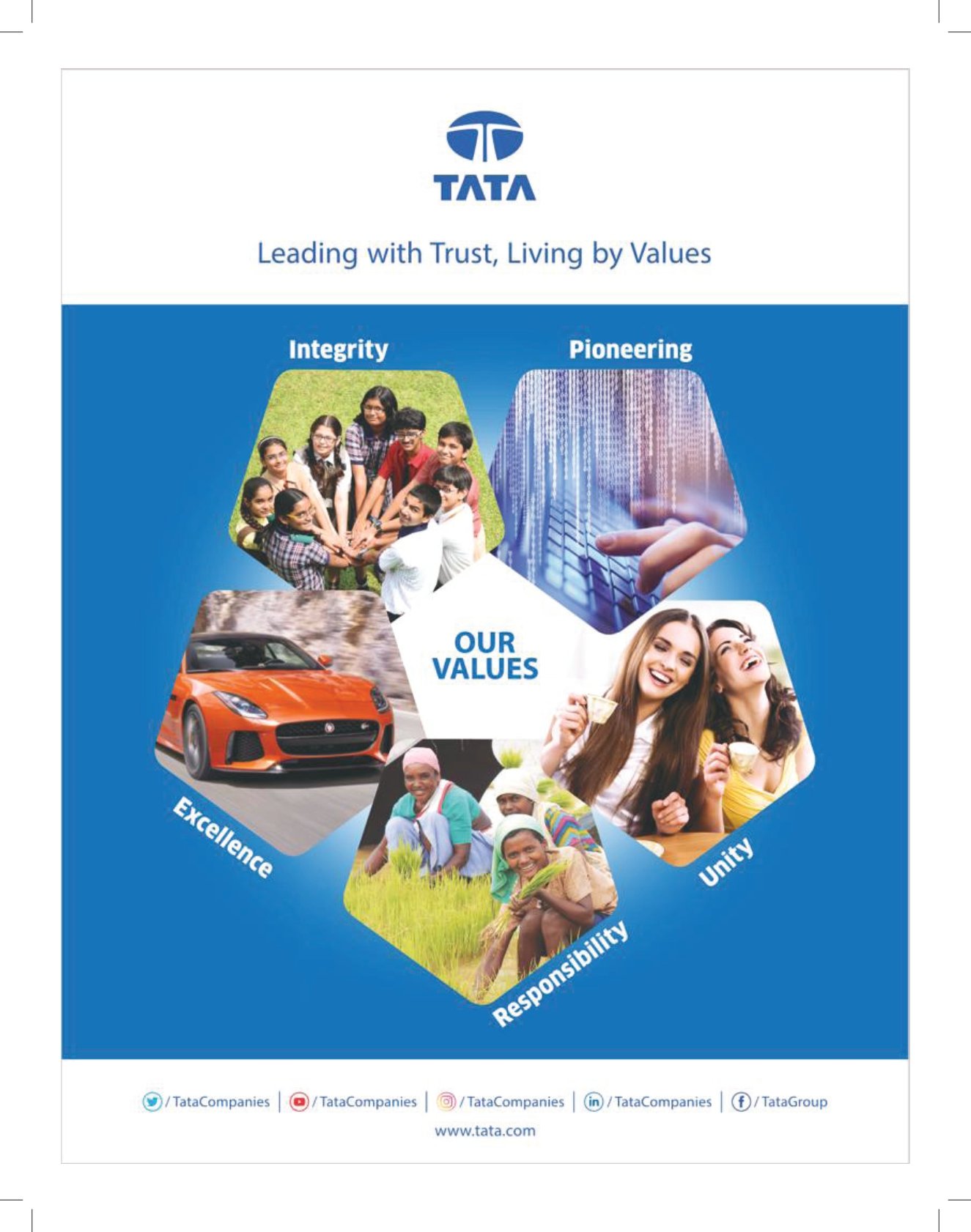
With organizations accelerating their pace toward creating a more inclusive workplace for all genders alike, the gap may have lessened but still needs to be bridged.
The first and preliminary, basic stage of creating gender identity at the workplace stems from understanding what it entails. This is not synonymous with biological sex, which is assigned at birth. This is what concept an individual has about their gender. These can be female, male, both, neither, or even something else.
Organizations normally create anti-harassment and non-discrimination policies to protect marginalized groups. One must review and keep a constant check on these policies as an organization. Sections on gender identity must be included.
The involvement of the top management and decision-makers in formulating these policies is very crucial to show the organization’s commitment to this cause. Another simple step to make the workplace gender inclusive is to start by using your pronouns in meetings and also asking people, the leadership team, and employees for their pronouns. Processes can be kept in place to spell out how to share pronouns in other areas of work which include email signatures video calls and so on.
Gender inclusive language can be used and opportunities to do so can be created. Any terminology that may be unintentionally polarizing can be addressed and substituted with gender-neutral pronouns. Gendered language from handbooks or job descriptions and so on must be removed. Organizations that do not have the bandwidth for an internal team to monitor all this can hire a professional who will look into this. They will have a trained eye to find the obvious or discreet forms of bias that exist within the literature of the organization and offer solutions with a view to making it more inclusive.
The next crucial step is to empower and encourage employees irrespective of their hierarchy or levels to speak up and collaborate.
Gender-diverse individuals will gain a platform to drive gender equity and gain new perspectives and insights into the organization. The other advantages are that it makes it easier for the new generations to connect with their peers and leaders and goes a long way in creating a more inclusive environment. This new inclusive environment will be more conducive to building a sense of community and improving employee morale and productivity amongst a host of other benefits.
Uniforms and dress codes are said to create a unique bond and sense of pride in employees but this can go awry too. If an organization has a dress code policy that is gender-based, for example, skirts for women and ties and blazers for men, then a dress code that includes gender-diverse individuals not falling under the stipulated female or male norms needs to be looked at.
Gender-neutral restrooms are also a basic and essential change in the workplace.
High on the list of priorities would probably be the evaluation of recruitment and hiring practices. The hiring and recruitment practices must be reviewed periodically and opportunities found to make them more gender inclusive. These can also be fine-tuned to accommodate diversity, equity, and inclusion. The recruitment team could for example, while hiring employees eliminate identifiers such as gender. Organizations that adopt blind hiring have come out with positive feedback on the hiring criteria which encourages candidates shortlisted not based on their characteristics but based on their experience.
Another integral part of gender inclusivity at the workplace is to educate employees on this aspect through various available and employee-friendly resources. This can be done as part of informal groups or formally as a planned series of training programs. Some popular topics of discussion and training could be – gender identity, anti-harassment education, gender diversity, and trans-specific materials. The concerned team can also send out a communication to the internal public about the organization’s advancements as a gender-inclusive organization. Hybrid work environments too need to adapt these programs.
After the onslaught of the pandemic organizations all around the world are reevaluating their values and culture. Considerable progress has been made by organizations towards gender diversity and inclusivity yet, the onus rests on the companies to keep pushing to narrow the gap between policies and action. Roadblocks about this can be effectively addressed in a professional form outside if the internal team is not adept or equipped to handle this challenging organizational shift in mindset.
An insightful, unbiased approach with comprehensive solutions is needed for an effective organizational transition and adaptation toward sewing gender inclusivity into the organizational fabric.
It is important to get to the grassroots and basic understanding of why gender inclusiveness in the workplace is important. The below-mentioned points enumerate why-
- It creates a more equal world and reduces discrimination. It is imperative that both the public and private sector organizations prioritize gender inclusion and address disparities. Not only females but their entire communities benefit from gender inclusion.
- Gender inclusion acknowledges that everyone deserves to be treated with respect that is not dependent on their gender identity and expression.
- All genders must be treated with respect by the employees, the management, and even the organizational rules and policies.
- An inclusive workplace records high employee engagement and retention. When employees are made to feel special and are valued for their talent, they will ensure to stay loyal to their organization.
- With equal job opportunities for all genders, society too benefits.
- A diverse workplace is a more productive workplace, and diversity includes gender diversity.
- If the organization succeeds, the economy of the country too gets a boost.


































